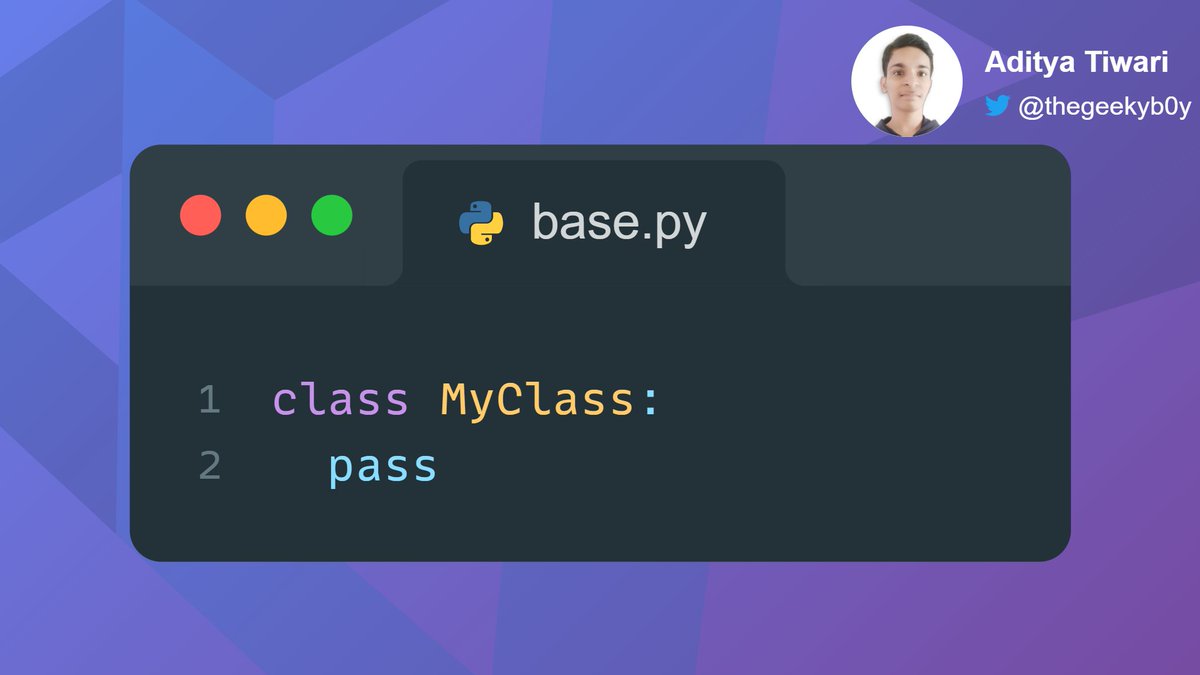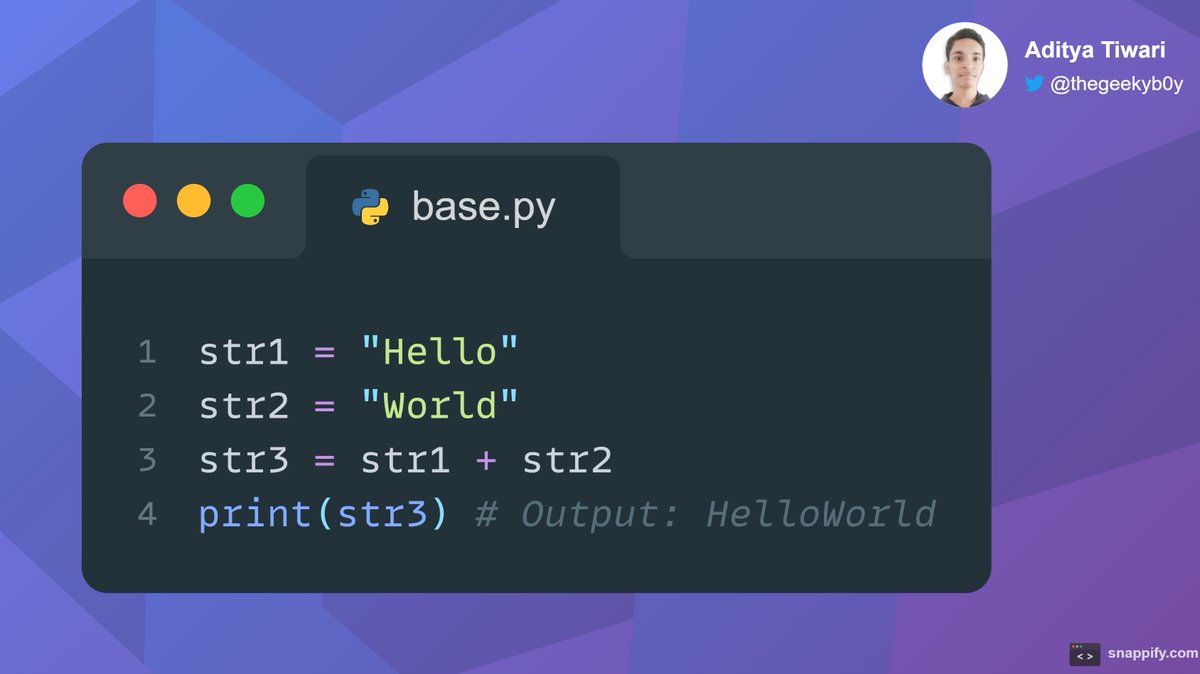
How to get URL link on X (Twitter) App


 In Python, we can define a class that inherits from another class using the syntax class DerivedClass(BaseClass):
In Python, we can define a class that inherits from another class using the syntax class DerivedClass(BaseClass):
 First, let's define a class in Python.
First, let's define a class in Python. 

 Concatenation of Strings : You can concatenate two or more strings using the "+" operator.
Concatenation of Strings : You can concatenate two or more strings using the "+" operator.

 For Loop :
For Loop :

 To use an f-string, just prefix your string with the letter "f".
To use an f-string, just prefix your string with the letter "f". 

 Official SitePython.org
Official SitePython.org
 1. math.sqrt is used to return the square root of a number.
1. math.sqrt is used to return the square root of a number.